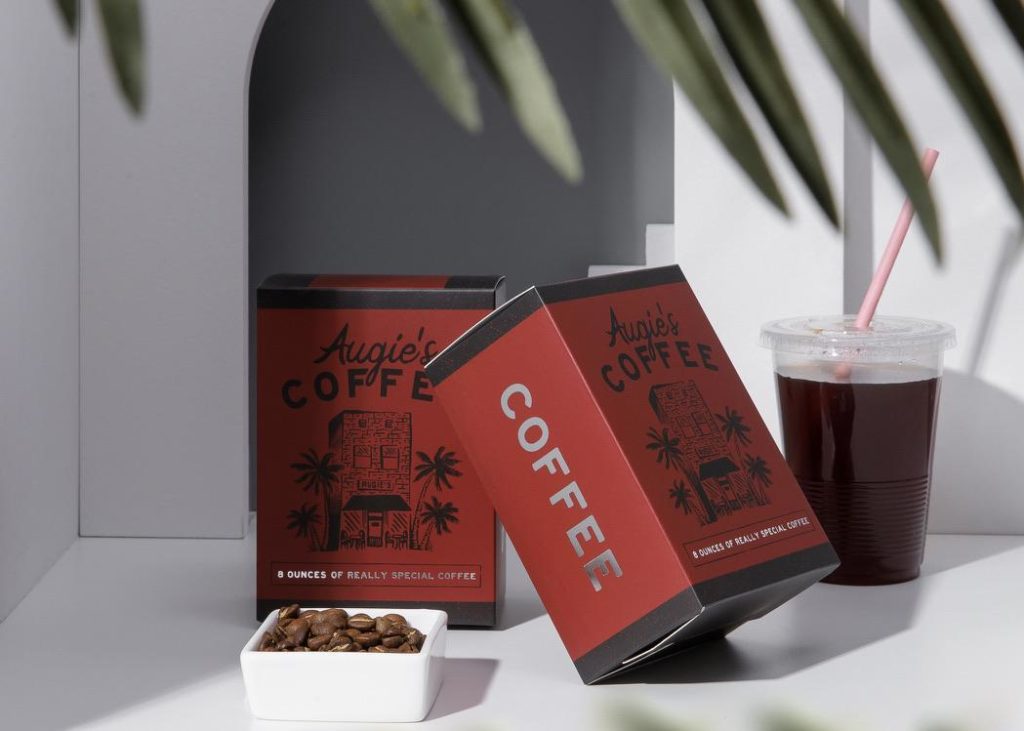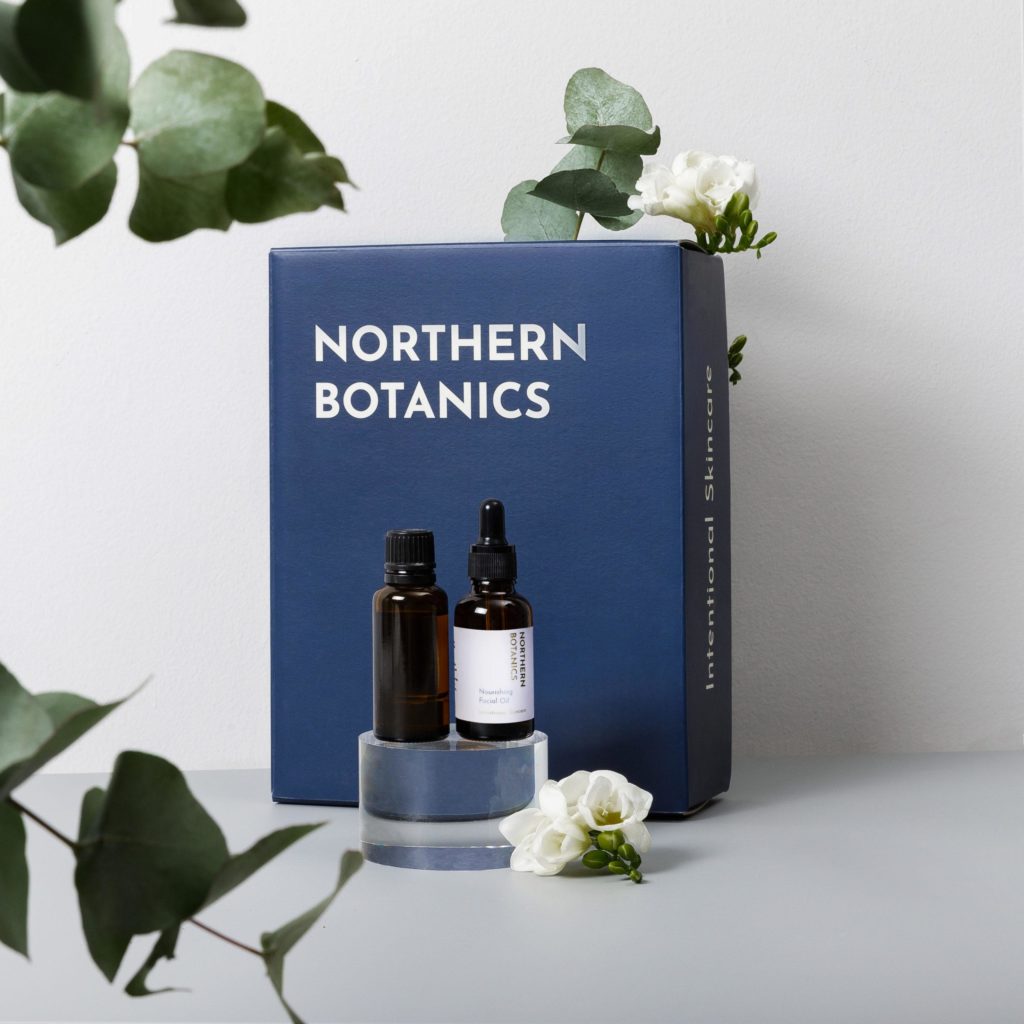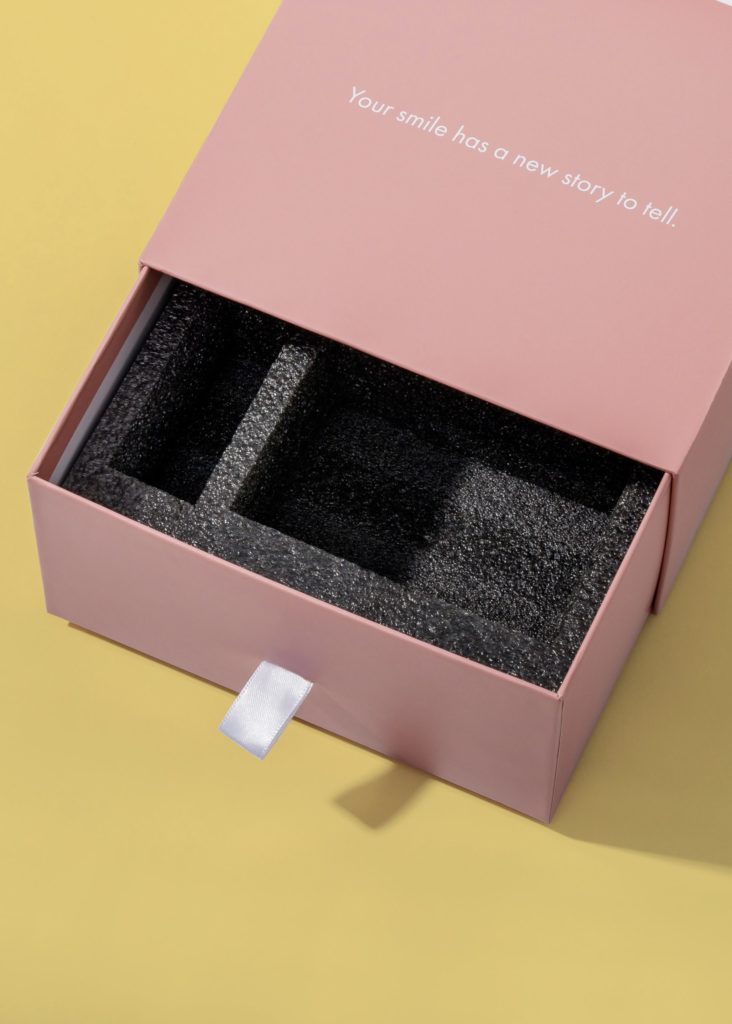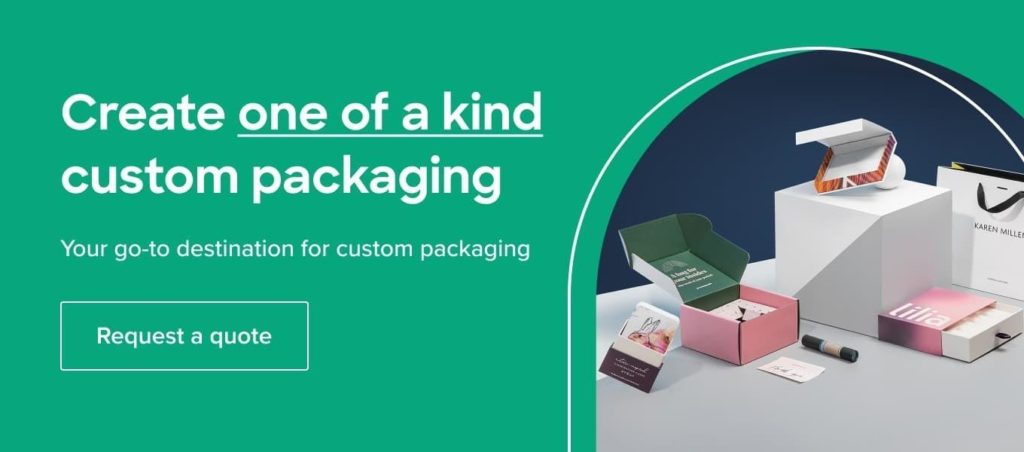Table of Contents
If you work in the printing industry or are a business looking to create packaging for your products, you’ve likely come across the word “flexography” without much of an understanding of what exactly it means.
The flexographic printing press is a method that is considered to be the modern-day letterpress as it can print on large quantities of substrates including:
- Plastic
- Paper
- Metals
- Films
- Cellophane
Flexographic printing press technology is time efficient, cost effective and offers a versatile range of options.

From food packaging to labels, flexo printing provides high print quality results without sacrificing your budget.
Let’s delve deeper into the flexographic printing press process and how you can use this printing technology to your advantage.
The Advancement of Flexo Printing
One of the most significant advancements in flexography is the integration of digital technology.
This technology has made the printing process more efficient, with faster turnaround times and higher levels of accuracy.
By using digital imaging technology, it is possible to produce high print quality images with vibrant colors and sharp detail.
This has opened up new possibilities for flexography, such as printing on a wider range of materials and producing more complex designs.
In addition to digital technology, sustainability improvements have also played a crucial role in the evolution of flexography.
Many printers are now using eco-friendly flexographic printing inks and solvent based inks, which have a lower impact on the environment.
These inks are made from natural ingredients and renewable resources and do not contain harmful chemicals that can harm the environment.
The Flexographic Printing Process
The major processes involved in flexographic printing include:
Image preparation
Flexible plate making
Mounting
Printing
Finishing
The chosen material or substrate will be placed on a roll which will pass through a series of rotary flexible relief plates.
A special roller feeds each flexible printing plate with one color of ink.
Each color will require an individual flexible printing plate as each flexible plate works interchangeably to provide all the colors on the final printed product.
The great thing about flexo printing is that you can incorporate special finishes within the process including:
Embossing/debossing
Die-cutting
Foil stamping
UV coating

These additional processes can be integrated with printing to get the job done in a single pass through.
Flexographic inks have a low level of viscosity, and as a part of the process, they lie on the surface of substrates until they solidify.
While this may seem simple enough, flexographic printing is actually more complex as different types of flexographic printing options come into play.
Flexographic printing has changed rapidly over the years and has developed to deal with a variety of different printing options.
Some of the types of printing options include:
Traditional flexo: Uses doctor blades to remove excess ink and spread solvent based inks onto plates and ensure that color is evenly spread while in direct contact with a substrate.
Enhanced flexo: A refined version of traditional flexo, this process utilizes central impression cylinders to produce crisp images at a much greater level of quality. It is also more cost effective than traditional flexo!
The Advantages and Disadvantages of Flexographic Printing
Advantages of Flexographic Printing
Prints absorbent & non-absorbent substrates: It is able to print images on plastics, brown papers, acetate films, corrugated boards, fabrics, cellophane, and it can effectively print brilliant continuous patterns at a high quality.
Utilizes a wide variety of inks: It can apply water-based inks, UV curable inks, and solvent inks, all of which are incredibly fast-drying making it sustainable and time saving.
The process is highly flexible: The process is capable of printing millions of impressions and can cater to a tremendous range of cylinder repeat lengths to accommodate customer specifications.
Low cost & efficient: The process is also more cost-effective when compared to its competing methods as it leads to faster production due to its high-speed process and flexographic inks.
Disadvantages of Flexographic Printing
Generic printing: Flexo printing cannot create meticulous artwork that other forms of printing are capable of such as offset printing.
Costly equipment & materials: The cost of printing plates is high, as separate plates must be purchased for different colors. The cost of wrapping and distorting images is also exceptional.
Lacks short-run capabilities: This type of printing is typically not viable for small quantities or sampling, unlike digital printing, since digital does not require a set up process.

The Environmental Impact of Flexo Printing
Flexography printing has an impact on the environment, just like any other printing method.
The flexographic printing process requires significant energy consumption, generates waste in the form of unused ink, flexographic printing plates, and packaging materials, and uses chemicals that can be harmful to the environment and human health.
Water consumption is also a concern since the process requires a significant amount of water to clean a flexographic printing plate and equipment.
However, there are steps that can be taken to minimize the environmental impact of flexographic printing.
Eco-friendly flexographic printing inks and solvents can be used, waste reduction and recycling programs can be implemented, energy-efficient equipment and practices can be adopted, and water conservation practices can be put in place.
By taking these steps, flexography printers can reduce their environmental impact and contribute to a more sustainable printing industry.
Flexography vs Offset
Both flexographic printing and offset printing provide optimal results, and oftentimes you can’t tell the difference in the finished product.
It’s important to understand the difference between these printing methods to ensure you are choosing the right technology for your project.
The key differences between flexographic printing and offset printing include:
Flexography uses rotary flexible plates to print on a substrate, rather than printing indirectly through a series of offset plates.
Instead of finishes such as die-cutting, folding and lamination being applied after the offset printing process, flexography integrates special finishes and functions into a single pass through.
Offset printing is only capable of printing on smooth or flat surfaces, requiring additional processes for porous and absorbent materials for effective results. Whereas flexography is able to print onto almost any type of substrate.
Integrating additional processes into a single pass through allows flexographic printing to provide significant economies of scale whereas offset printing can be extremely costly and takes more time.
Flexographic Printing and Packaging Design
We now have a broad spectrum of capabilities through flexography as discussed above.
Flexographic printing requires a range of design considerations, especially when it comes to labels and packaging.
Your design and file preparation could affect the printing quality of your finished product. While this is true for all printing processes, it’s important to take these specifications into account when designing:
Packaging materials
While flexographic printing accepts a wide range of substrates, it’s best to pick a non-porous material to ensure fast drying and curing times.

Porous materials also affect the readability of text because the ink absorbs into the substrate.
To clearly communicate information through your packaging, choose flexible and smooth packaging materials.
Text and numbers
Pick a reasonable font size to ensure information printed onto packaging materials, such as natural kraft, is easy to read.
For most materials, the minimum font size lies between 4 and 10 point type.
While this is quite a large size range, your font type also plays a role in choosing your font size.
Keep in mind; Sans serif fonts can show up smaller in some instances while serif font types should be slightly larger for legibility.
Read more on font types for custom packaging
Artwork designs
Minimalist designs with blocks of color are best as it requires minimal flexible rotary plates for quality results.
More complex designs can get costly since each color requires an individual plate during the flexographic printing process.
For complex designs, choose offset printing as it ends up being more cost effective per unit of packaging.
Looking to learn more about printing options for your product packaging? Get in contact with our product specialists today!






